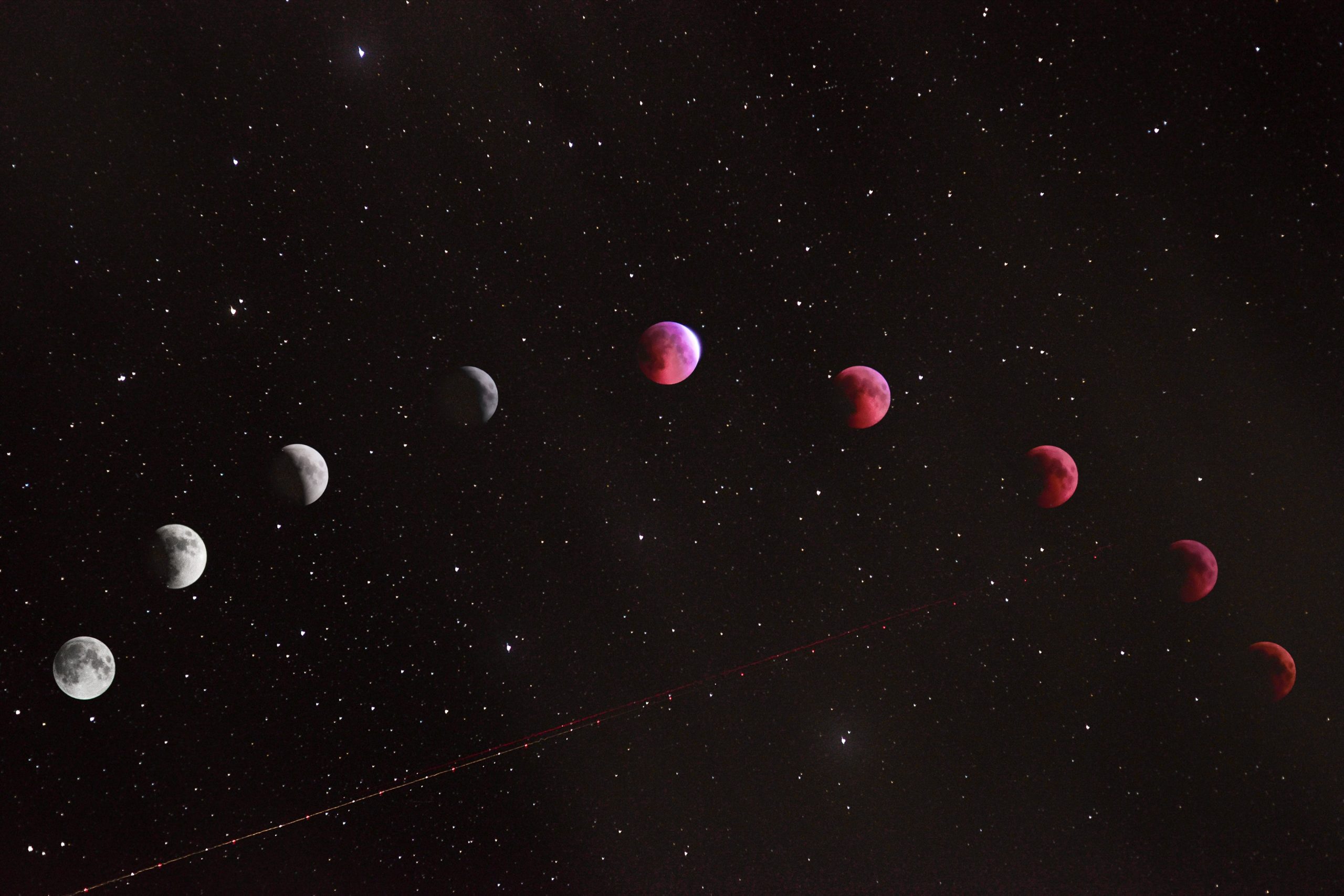How Often Is a Lunar Eclipse?
Lunar eclipses have fascinated mankind for centuries. The spectacle of the Moon passing through the Earth’s shadow and gradually changing its appearance from the usual bright orb to a shadowy red disk never fails to captivate our imagination. But how often do these mesmerizing celestial events occur? In this blog post, we will explore the frequency of lunar eclipses and the fascinating science behind them.
Understanding Lunar Eclipses
Before diving into the frequency of lunar eclipses, let’s briefly understand what causes them. A lunar eclipse occurs when the Earth comes between the Sun and the Moon, casting a shadow on the lunar surface. This alignment of the Earth, Moon, and Sun can only occur during a full moon, resulting in a regular occurrence of lunar eclipses.
During a lunar eclipse, sunlight passing through the Earth’s atmosphere is refracted, causing the Moon to take on a reddish glow. This phenomenon is often referred to as a “blood moon” and adds to the spectacular visual display of a lunar eclipse.
The Two Types of Lunar Eclipses
Lunar eclipses can be classified into two types: total lunar eclipses and partial lunar eclipses.
Total Lunar Eclipses
A total lunar eclipse occurs when the Earth completely blocks the Sun’s direct light from reaching the Moon. The Moon is immersed in the Earth’s umbra, the darkest part of the shadow. During a total lunar eclipse, the Moon takes on a dramatic red appearance due to the scattering of sunlight by the Earth’s atmosphere.
Partial Lunar Eclipses
A partial lunar eclipse occurs when the Earth partially blocks the Sun’s light, casting a partial shadow on the Moon. During this type of lunar eclipse, only a portion of the Moon is covered by the Earth’s shadow.
The Frequency of Lunar Eclipses
Lunar eclipses are not a rare occurrence, but their frequency can vary. On average, there are about two to four lunar eclipses every year. According to NASA’s eclipse database, between the year 2000 and 2100, there will be a total of 228 lunar eclipses, including both total and partial eclipses.
The number of lunar eclipses in a year can range from a minimum of two to a maximum of five. This variation is due to several factors, including the alignment of celestial bodies and the elliptical orbits of the Moon and Earth.
Although lunar eclipses are relatively frequent, they are not visible from all parts of the world during every occurrence. The visibility of a lunar eclipse depends on the geography and the time of day. When a lunar eclipse occurs during the day or below the horizon, it may not be observable from a specific location.
Patterns and Cycles
As with many celestial events, lunar eclipses exhibit certain patterns and cycles. One of the most well-known patterns is the Saros cycle, discovered in ancient times.
The Saros cycle is a period of approximately 18 years, 11 days, and 8 hours, after which a similar lunar eclipse occurs. Each Saros cycle consists of a series of lunar eclipses with a similar alignment of the Sun, Earth, and Moon. These recurring patterns can help predict when future lunar eclipses will occur and what their characteristics will be.
Another cycle related to lunar eclipses is the Metonic cycle, which spans over 19 years. The Metonic cycle is used to synchronize the solar and lunar calendars, as it is a nearly exact multiple of both.
Effect of Earth’s Atmosphere
The appearance of the Moon during a lunar eclipse is heavily influenced by the Earth’s atmosphere. When sunlight passes through the Earth’s atmosphere, it undergoes scattering, filtering out shorter wavelengths such as blue and green while allowing longer wavelengths like red and orange to reach the Moon.
This scattering effect causes the Moon to take on a reddish hue during a lunar eclipse. The intensity of the red color can vary depending on the amount of dust and atmospheric conditions at the time of the eclipse.
Conclusion
Lunar eclipses, with their mesmerizing beauty and celestial grandeur, occur regularly but can still be a rare sight for some due to geographic visibility. Understanding the frequency of these celestial events allows us to appreciate them more fully and anticipate future opportunities to witness their awe-inspiring spectacle.
Whether it’s a total lunar eclipse with its captivating red hue or a partial lunar eclipse where only a portion of the Moon is immersed in shadow, these events continue to fuel our curiosity about the wonders of the universe.
Table of Contents
